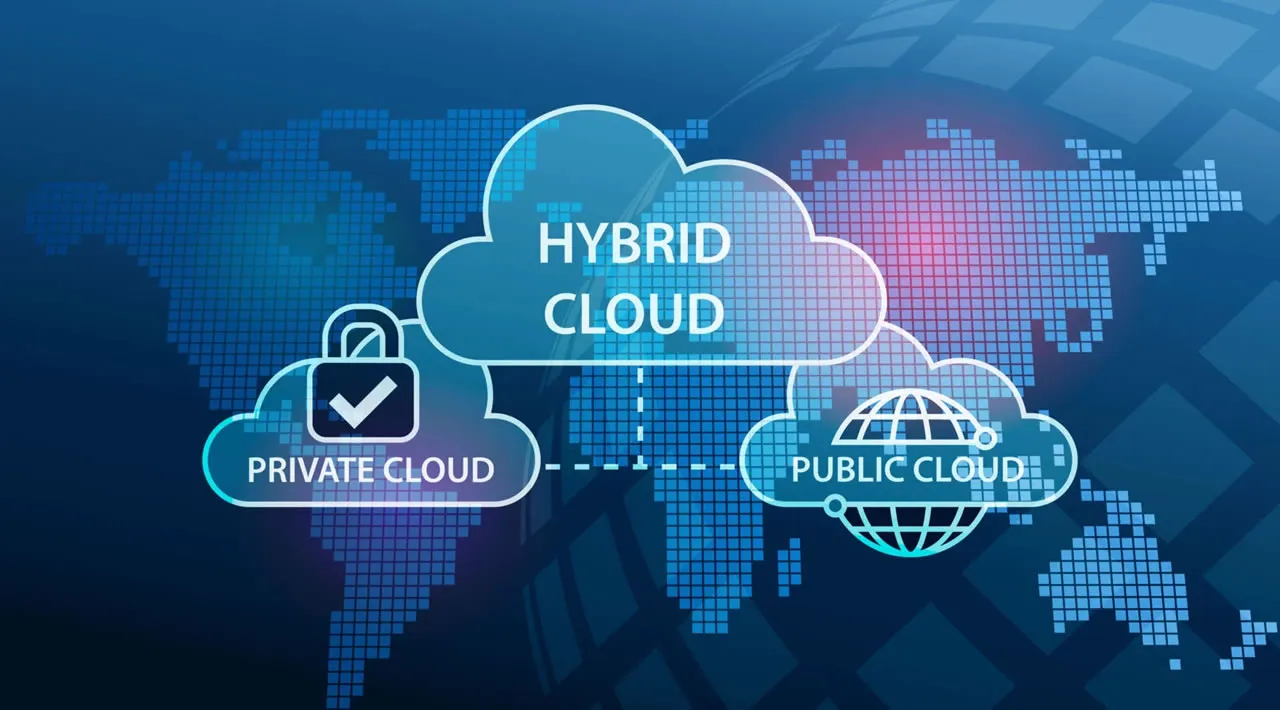As much as I have the tendency to think that the battle is over and cloud computing has completely replaced alternative models, the transition of enterprise workflows to the cloud is still in its very early stages. In 2020, it was estimated that only 20% of enterprise workloads were running in cloud data centers, with the bulk of the rest running in on-premises deployments. While the trend to move workloads to the cloud is accelerating, especially with tailwinds created by the covid-19 pandemic, by 2023 likely no more than 40% of workloads will be running in the cloud.¹
Many enterprises today run their applications in an architecture known as hybrid cloud.
A hybrid cloud — sometimes called a cloud hybrid — is a computing environment that combines an on-premises datacenter (also called a private cloud) with a public cloud, allowing data and applications to be shared between them.²
Private clouds are data centers owned by companies on which only their own applications are running and only their own data is stored. Public clouds are data centers owned and operated by cloud providers in which resources can be rented by users who want to avoid managing their own hardware. The “big three” public cloud providers in the US are Amazon, Microsoft and Google.
#hybrid-cloud #cloud-computing #google-anthos #cloud
